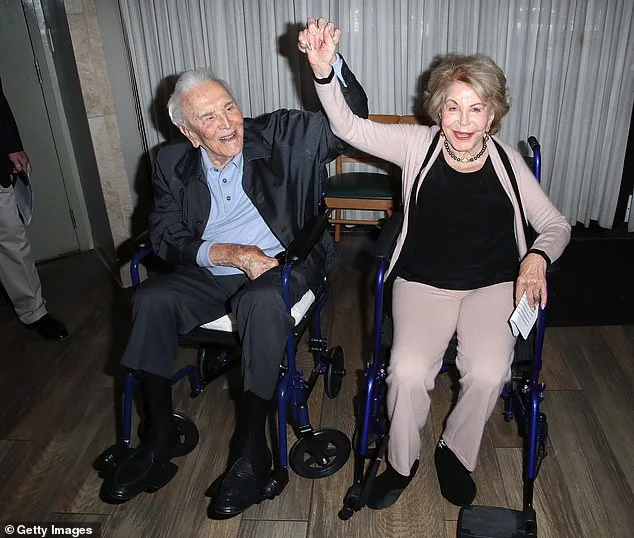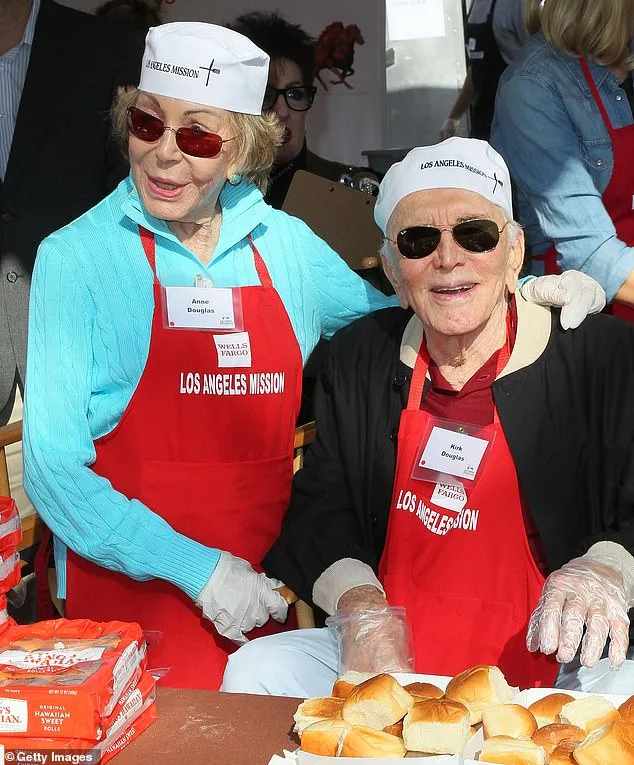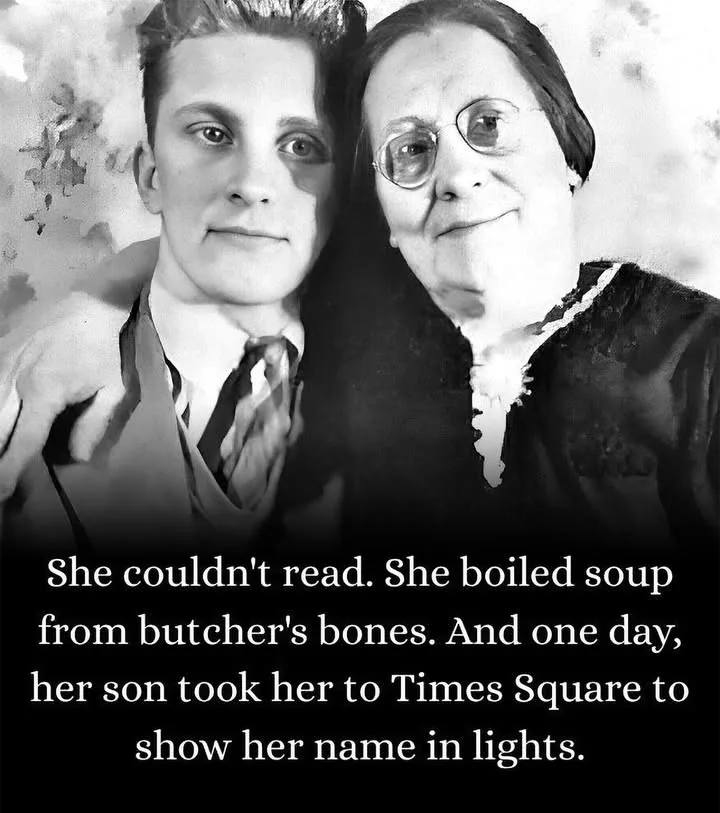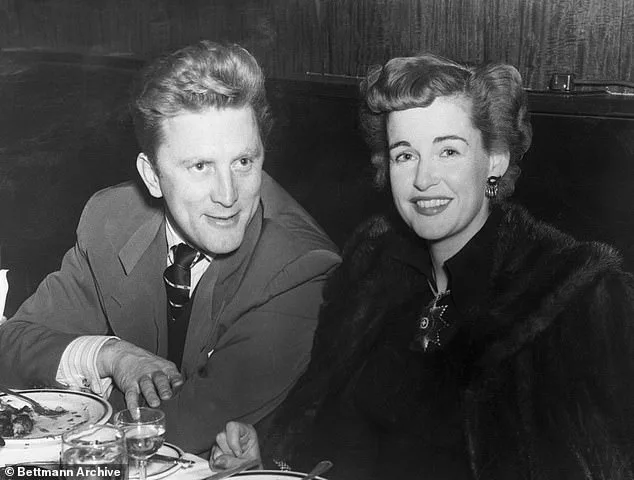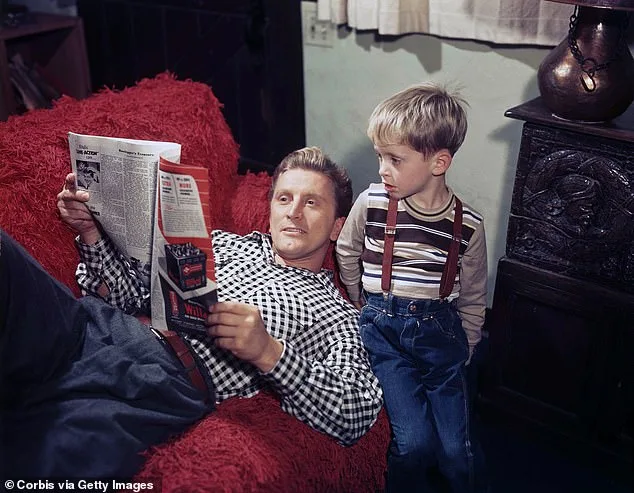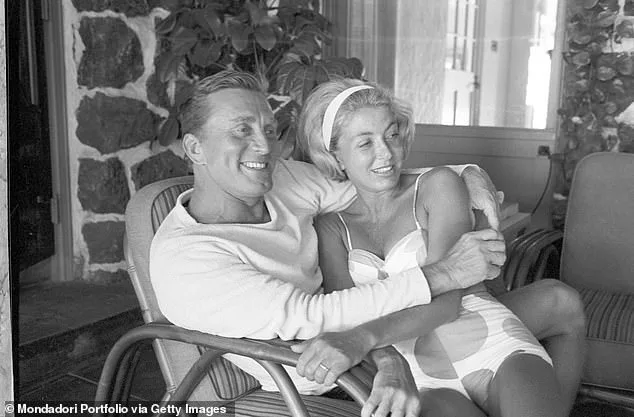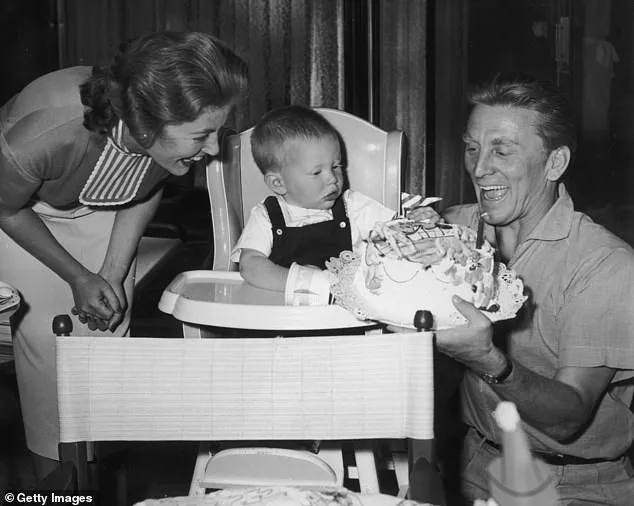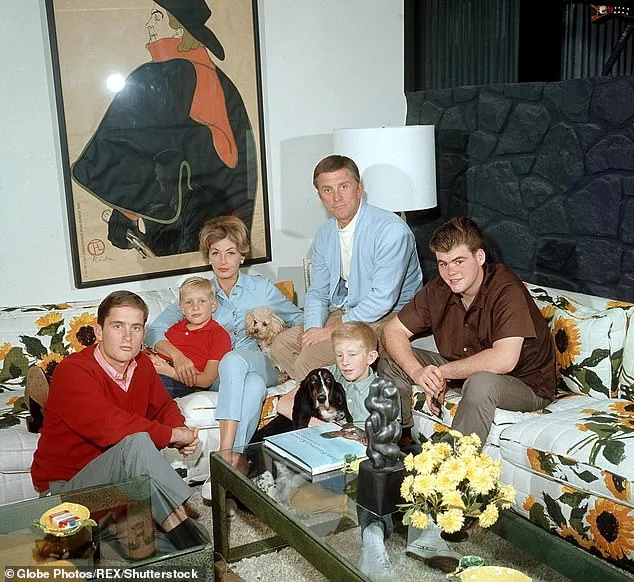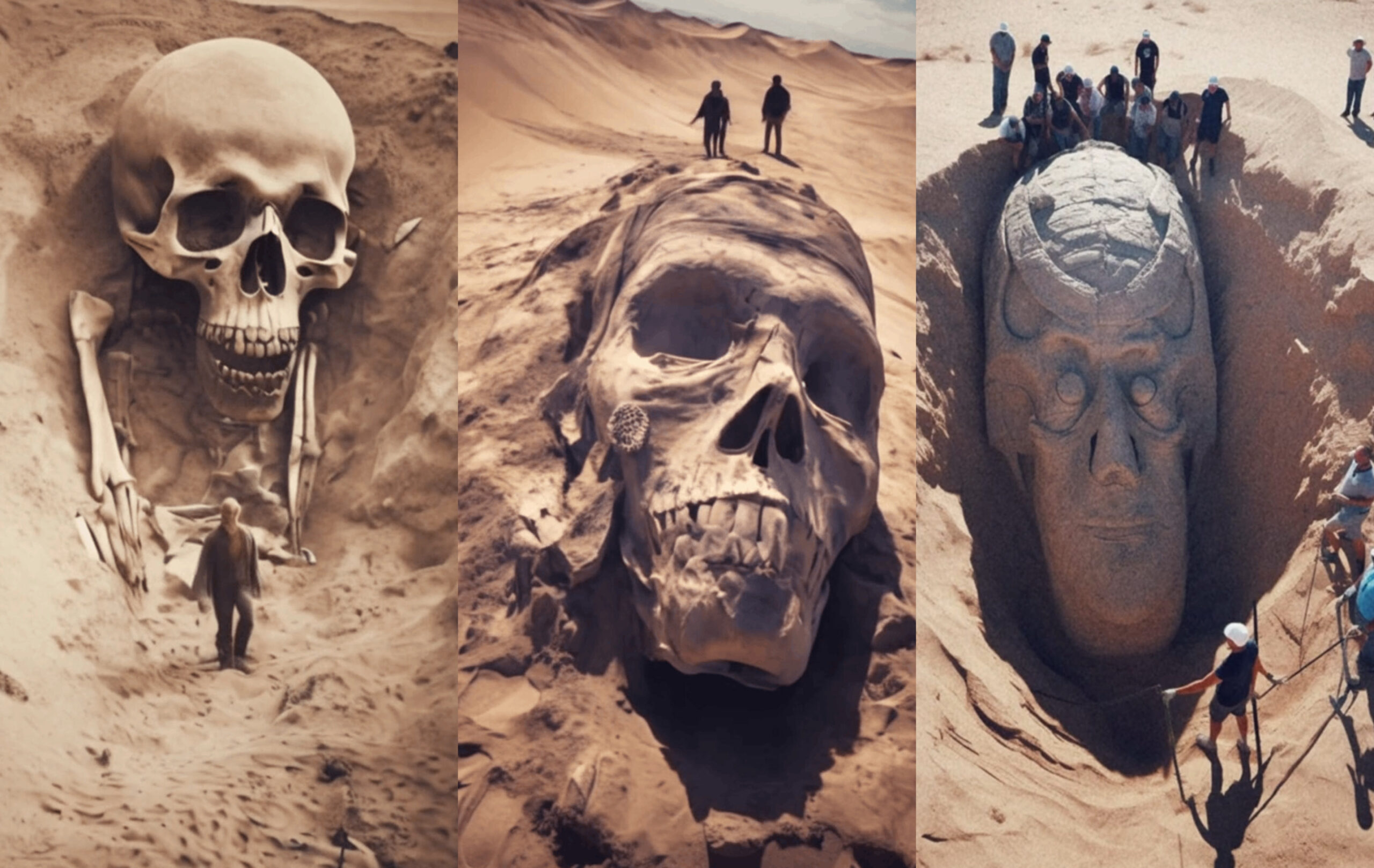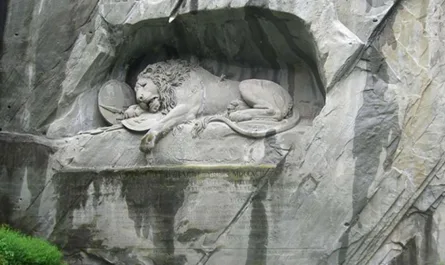Kirk Douglas, the son of Russian Jewish immigrants who rose from an impoverished childhood to become a silver screen legend whose decades-long career included the hit historical drama Spartacus, has died at age 103.
One of the last of Hollywood’s Golden Age, Douglas’ star was launched with his first film in 1946 and he became a huge box office draw, playing the leading man in several movies – from a boxer to Vincent van Gogh – throughout the 1950s and 60s. He starred and acted in more than 60 feature films, found his own production company, and directed two movies.
A well-known Lothario who said he dated beauties such as Marlene Dietrich and Rita Hayworth, Douglas married twice, and admitted in his autobiography that he cheated on both. With his first wife, Diana Dill, they had Michael, a famous actor in his own right, and Joel. After divorcing her in 1951, he married Anne Buydens three years later, and together they had two sons as well, Peter and Eric.
Douglas faced poverty and anti-Semitism during his ascent into Hollywood royalty, his business manager stealing from him, had brushes with death that included a plane crash, and survived a stroke and the tragedy of losing his youngest son, Eric, who died from a drug overdose at age 46 in 2004. His grandson, Cameron – Michael Douglas’ son – also struggled with drugs and served a seven-year sentence for charges that included heroin possession.
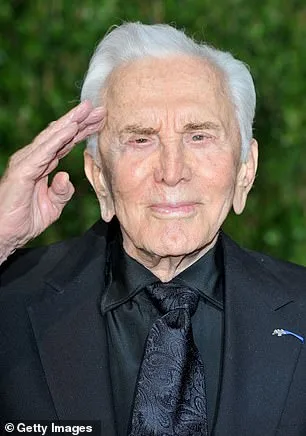

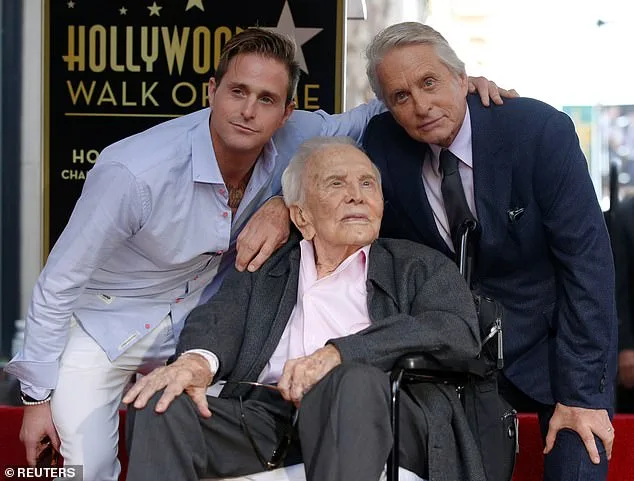
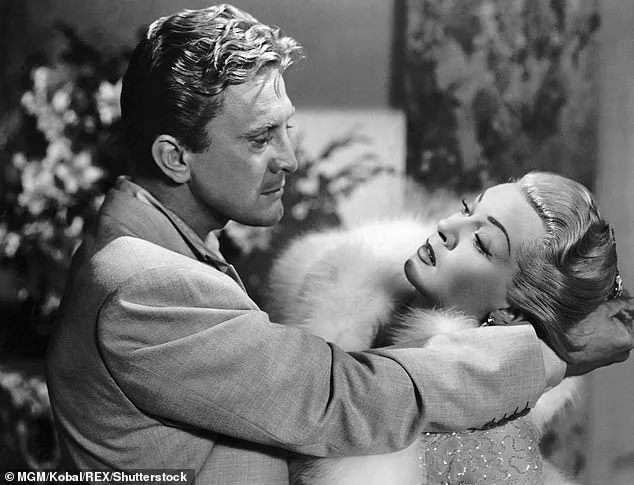
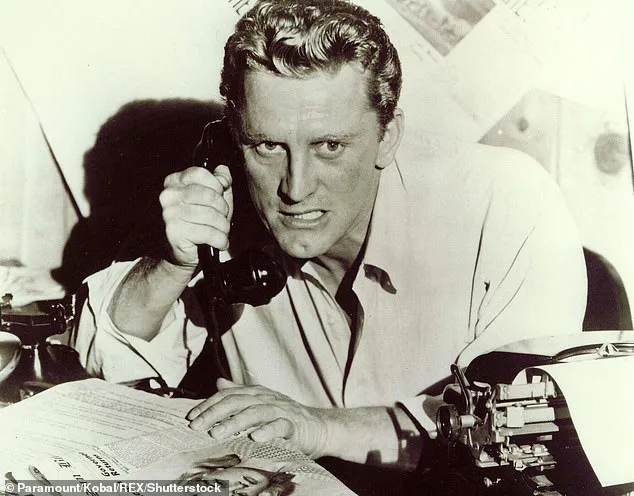
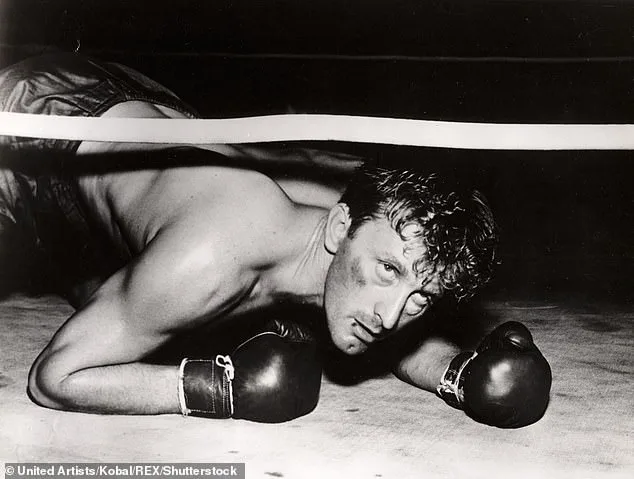
Anne met Douglas for what she called a courtesy interview as he was looking for someone to handle his publicity. Douglas, already a star, had ‘gotten quite a reputation in his first few weeks in town. The press had dubbed him Le Brute Cheri, the darling brute, and he was photographed with a succession of stunning women,’ she wrote.
He offered her the job but she turned him down, and then doubled his consternation by also declining his dinner invitation.
‘She finally agreed to work with me on a trial basis, making it clear our relationship was strictly business,’ he wrote. ‘With no romance in the picture, I stopped trying to impress Anne.’
Instead, they talked. ‘I was fascinated by Anne and more than a little in love with her,’ he wrote.
However, Douglas was in a relationship Pier Angeli. The pair had starred together in 1953’s The Story of Three Loves. They eventually got engaged despite his relationship with Anne. But, Douglas wrote, when he saw Angeli on New Year’s Eve, he ‘fell out of love with her’ and broke off the engagement.
It took some time, but Douglas finally realized he wanted to marry Anne, and they tied the knot in Las Vegas on May 29, 1954. They had two sons together, Peter, on November 23, 1955, and Eric on June 21, 1958.
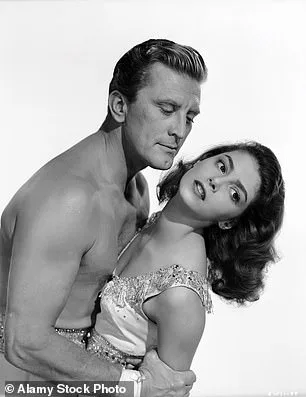
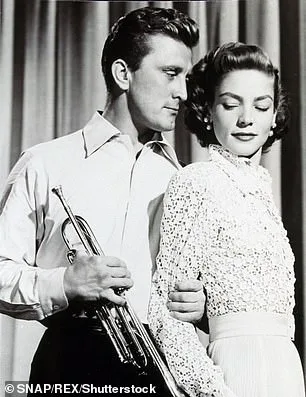
In his autobiography, Douglas disclosed that he cheated on both wives.
‘I’m a sonofabitch, plain and simple,’ he wrote in The Ragman’s Son, his 1988 autobiography.
Anne knew about the affairs and wrote: ‘One of the things I love most about Kirk is his inability to keep secrets… Let me explain my attitude concerning this. As a European, I understood it was unrealistic to expect total fidelity in a marriage.’
Douglas married Anne in May 1954, and later that year, he starred in 20,000 Leagues Under the Sea. The Disney film was a smash with critics and at the box office. By the next year, he was determined to start his own production company, and established one, naming it after his mother, Bryna.
‘In choosing my first project for Bryna, I once again followed my instincts,’ he wrote.
He cast his ex-wife, Diana, and together they filmed The Indian Fighter, which was released in late 1955. His next challenge was to play the tortured artist Vincent van Gogh in Lust for Life. The film, which was released in 1956, earned Douglas his third Oscar nomination, but he lost that year to Yul Brynner.
‘Lust for Life took a toll on my psyche,’ he wrote, noting that he was the same age – 37 – as van Gogh when he died by suicide.
As a prominent actor in Hollywood, Douglas was caught up in what was called the ‘Red Scare,’ the paranoia regarding Communists in the United States during the Cold War with the Soviet Union. The House’s Un-American Activities Committee, formed in 1938, made Hollywood one of its targets.
MGM asked him to sign a ‘loyalty oath. I objected vehemently to the practice. The studios required it, not because they questioned our loyalty but in order to appease the House Un-American Activities Committee. I had to sign if I wanted to play Vincent,’ he wrote.
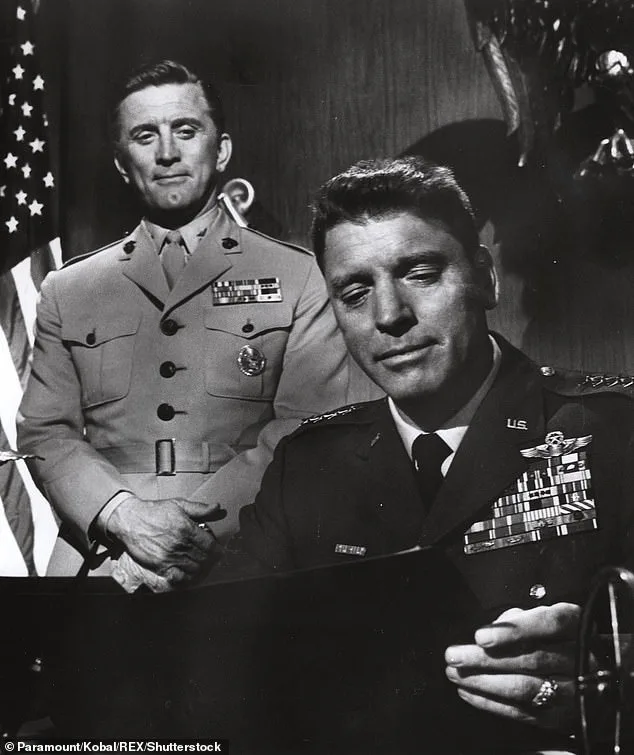
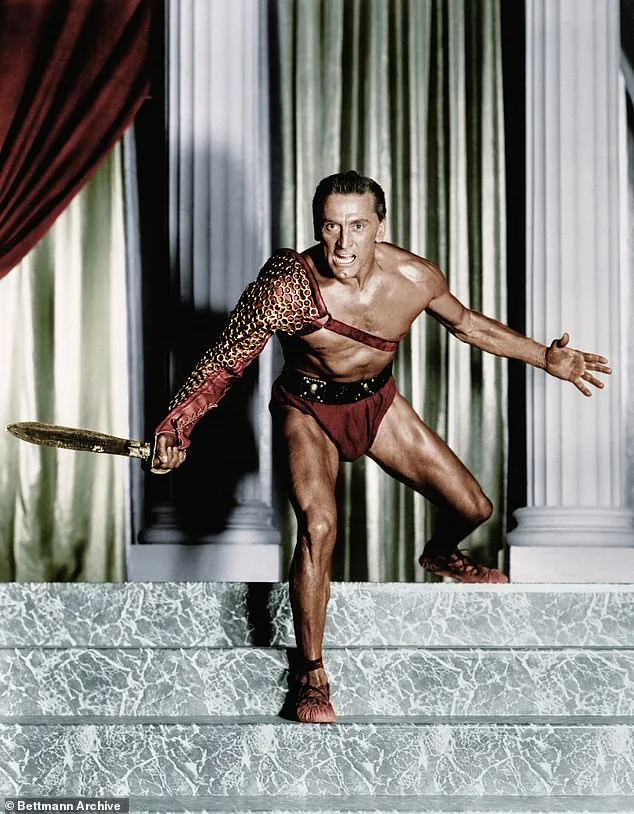
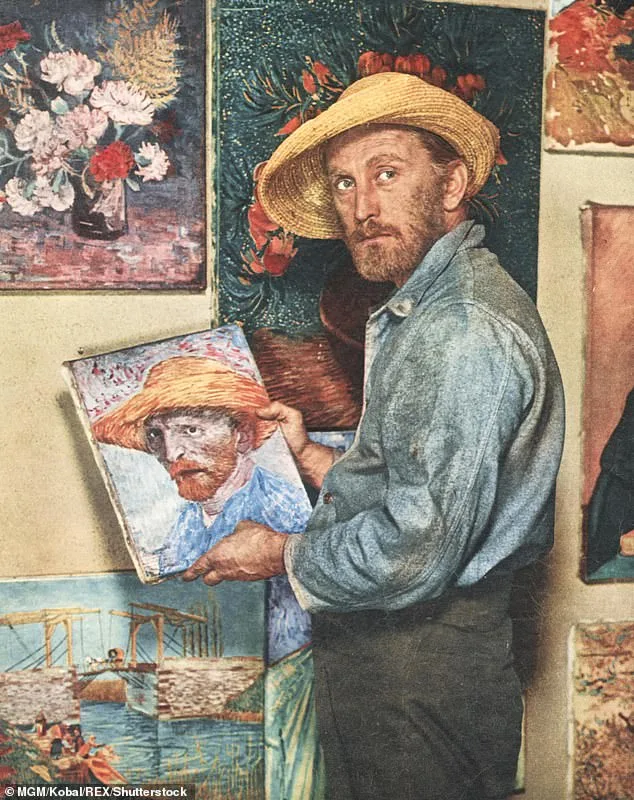
After Lust for Life, Douglas worked with the young filmmaker Stanley Kubrick on Paths of Glory.
He wrote: ‘This would be my first of two experiences with Stanley Kubrick, whom I have described over the years as ‘a talented sh**.’ … Stanley had adapted a 1935 novel about corruption and greed in the high command of France during World War I into a brilliant screenplay.’
Produced by Douglas’ production company, Bryna, Paths of Glory was released in 1957, and while it did not do well at the box office, it was later considered a classic. Douglas and Kubrick had a three-picture deal, but after working together, Douglas released him from the agreement, writing: ‘It amused me years later when Stanley told people I was only an employee on the movie. I have a healthy ego, but his was gigantic.’
Nonetheless, when the first director for the historical epic Spartacus did not work out, Douglas turned again to Kubrick to direct.
The stakes for that picture were high for Douglas and his family. Anne commissioned Price Waterhouse to examine Douglas’ books and discovered that the movie star had no money in the bank and he owed the Internal Revenue Service $750,000, (over $6.6 million in today’s money.) Sam Norton, whom Douglas described as his ‘best friend, lawyer, and business manager,’ had power of attorney.
‘I made some twenty-seven pictures with Sam in charge of my income. He became a wealthy man. I was broke and in debt,’ he wrote.
After getting out of his contract with Norton, profits from 1958’s The Vikings were used to pay off the IRS, with Anne noting, ‘Our fortune now depended on Spartacus.’
Not only did Anne save the family’s finances, but that March, she saved Douglas’ life. Douglas was good friends with Mike Todd, a producer who was then married to Elizabeth Taylor. Todd invited Douglas to fly with him on a private plane to New York, but Anne was upset about this and after they fought, he did not go. The plane crashed and Mike Todd died on March 22, 1958 at age 48.
Douglas had other near death brushes, including a helicopter crash with a plane that he survived in 1991, having a pacemaker put in, and a stroke in 1996.
‘I feel that every brush I had with death changed me and made me a better person. I began to think less about myself and more about other people. If I survive a couple more near-death experiences, I might become a very good guy,’ he wrote.
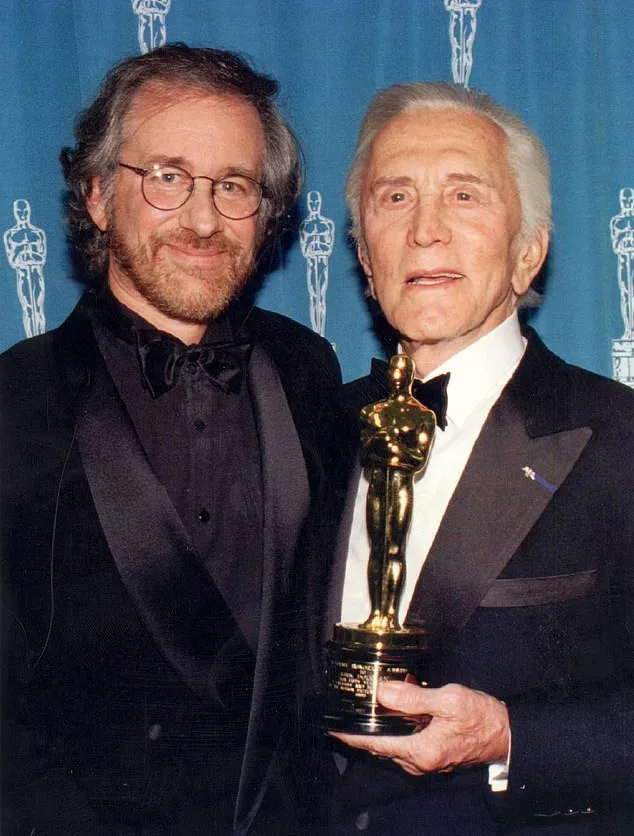
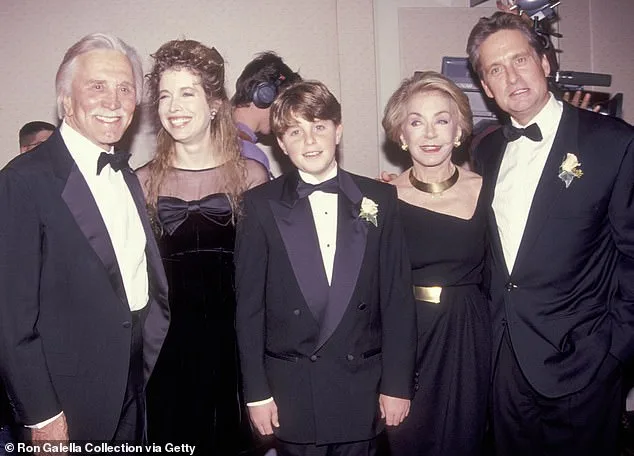
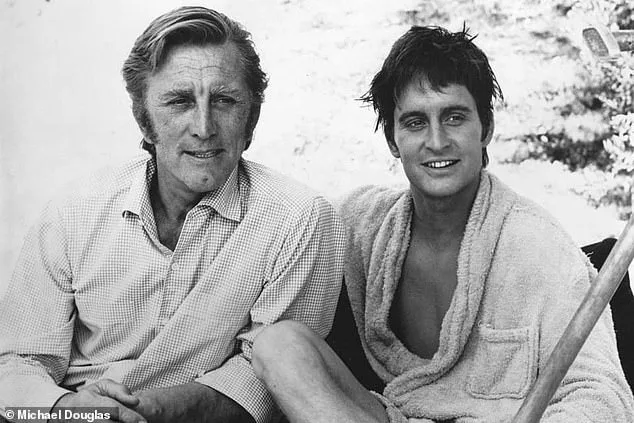
Spartacus was originally budgeted at $4 million but ended up costing $12 million, and for a time, it was the most expensive film ever made.
Filming started in early 1959 and the production was not smooth sailing. Douglas had to fire the first director, Anthony Mann, and then got Stanley Kubrick to direct by offering him $150,000, according to the book, Kirk and Anne. Douglas played the title role of Spartacus, a slave that rebels against the Romans in the First Century BC.
Anne wrote that Douglas was worried and ‘constantly putting out fires as well as performing the most dangerous stunts of his career.’
Douglas and Kubrick clashed as the director ‘continued to squander money on retakes and experimental shots.’
The film, which was released in 1960, was a huge success, and Douglas and his family were back on solid financial footing.
‘I lived with Spartacus for some three years, and it is still the film most associated with me,’ Douglas wrote.
The family socialized with the Hollywood and Washington elite, such as Frank Sinatra, whom Douglas wrote ‘were the kind of friends who would always go the extra mile for each other,’ and Henry Kissinger, Jack Valenti, some of the Kennedys and the Reagans. Douglas’ son Eric attended school with Ron Jr, and Nancy Reagan and Anne shared carpool duties and ‘manned the hot dog booth together at annual school fairs,’ according to the book, Kirk and Anne.
He noted that it was President John F Kennedy who suggested Douglas visit foreign countries as a goodwill ambassador, and the role formalized under Lyndon B Johnson’s administration. Anne and Douglas traveled over 40 countries over the next decades, and President Jimmy Carter awarded him the Presidential Medal of Freedom for his work, according to the book.
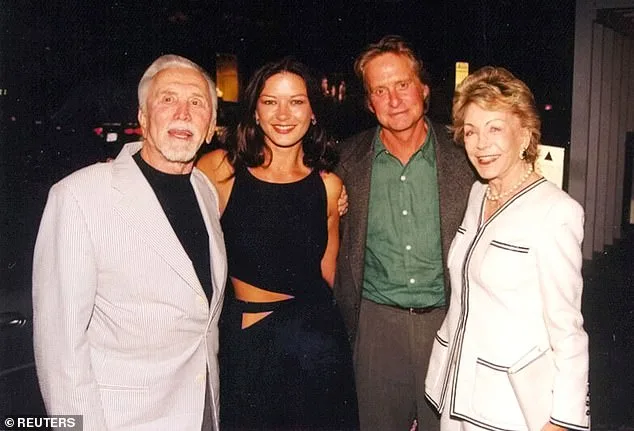
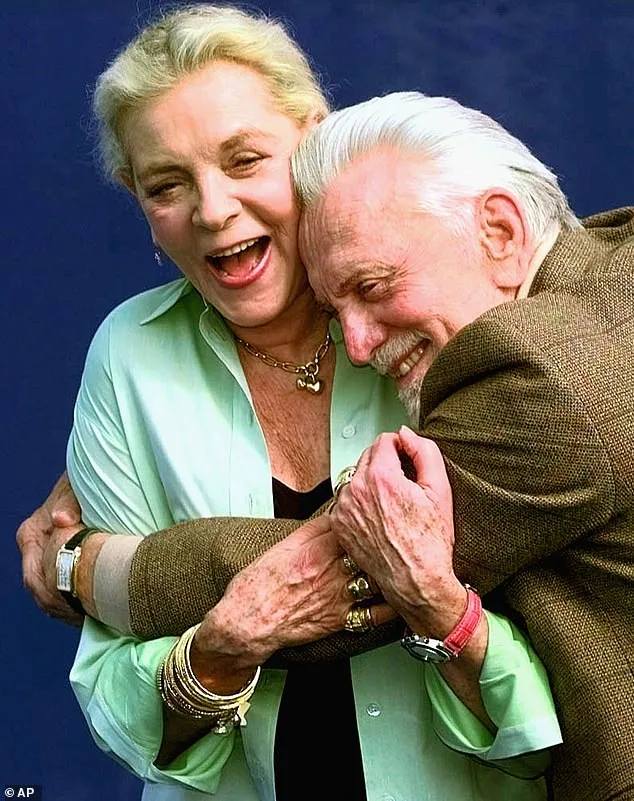
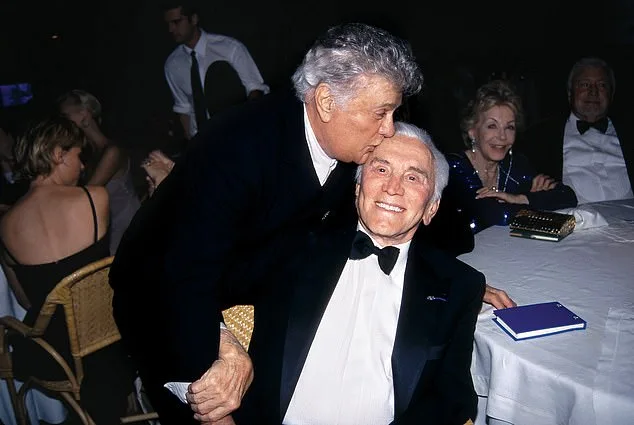
Douglas also made some Westerns, including 1957’s Gunfight at the O.K. Corral, and 1967’s The War Wagon, which also starred John Wayne. By the 1970s, he tried his hand at directing with Scalawag, which was released in 1973, and 1975’s Posse. He continued to act in TV movies, films and plays until 2009.
He found success with writing as well, and authored and co-authored 12 books, including My Stroke of Luck, which was published in 2002 and delved into how he recovered from a stroke in 1996 that affected his ability to talk. That year he was to receive an honorary Oscar for his work, and he recalled how he was going to ask Michael to accept on his behalf.
He wrote: ‘The shortest speech I ever gave was the one at the 1996 Oscars… I learned to say two words, “thank you,” pretty clearly. I could handle two syllables. But I wasn’t satisfied.’
Working with a speech therapist, he was able to say a little bit more, dedicating the award to Anne.
For decades, Anne and Douglas worked together on their philanthropic endeavors with the Douglas Foundation, which he formed in 1964, donating about $118 million, according to Town & Country. They have helped to renovate playgrounds and the homeless in Los Angeles.
Douglas recalled how his mother, Bryna, found a way to give people who came to their door some ‘morsel of food for them. I didn’t understand. I knew how little we had, and how often my stomach would growl in protest. Ma patiently explained: “Even a beggar must give to a person who has less.”‘
